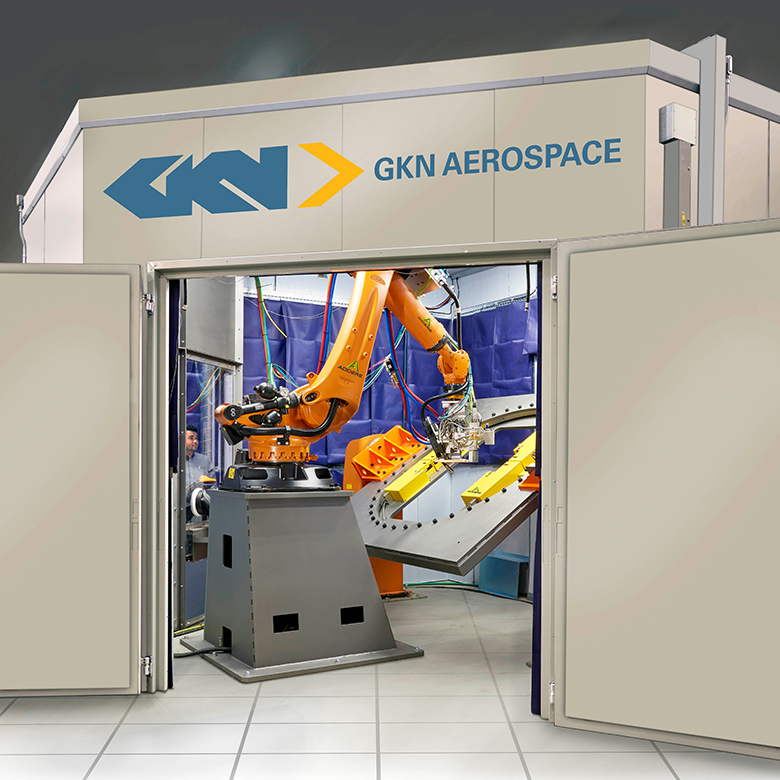British multinational manufacturerGKN Aerospacehas announced the expansion ofits Risk and Revenue Sharing Partnership (RRSP) with American aerospace manufacturerPratt & Whitneyat theInternational Paris Air Show.
As a result, GKN Aerospace will utilize additive manufacturing to develop the Fabricated Fan Case Mount Ring and the Fan Spacer for the Pratt & Whitney PW1500G and PW1900G engines from its GTF engine family.
“GKN Aerospace’s Technology enables a huge reduction in source material use, and lifecycle energy cost, contributing to reduced CO2 emissions in the manufacturing process,” said Joakim Andersson, CEO of GKN Aerospace Engine Systems.
“这代表了AM的最大自动化沉积,将在商用飞机上获得认证,这是GKN航空航天使用这项令人兴奋的技术的巨大里程碑,为许多机会铺平了道路。”
“This agreement is a milestone and it reaffirms the success of the engine participation programs.”

GKN Aerospace and Pratt & Whitney
The Pratt & Whitney GTF engine family entered service in 2016. Since then, according to Dave Emmerling, VP, Strategy & Business Development at Pratt & Whitney, the engine “has delivered on its promised ability to reduce fuel burn by 16 to 20%, and to significantly reduce regulated emissions and noise footprint.”
Part of the GTF family, the PW1900G engine which powers the Embraer E190-E2 aircraft, and the PW1500G engine which powers the Airbus A220 aircraft, will be developed in the RRSP with GKN Aerospace. Under the original agreement, GKN Aerospace became responsible for the design and manufacture of the turbine exhaust case (TEC) and intermediate compressor case (IMC) as well as the manufacture of the engines’ low-pressure turbine (LPT) shaft.
Now, the expanded contract reinforces GKN Aerospace’s involvement in these engine programs as well as the company’s role as a long-term supplier of engine components for Pratt & Whitney. Furthermore, GKN Aerospace also has RRSPs with Pratt & Whitney for components for the Airbus A320neo family aircraft, and the Mitsubishi Regional Jet (MRJ).

Laser Metal Deposition with wire technology
GKN Aerospace’s additive manufacturing process combines metal wire feedstock with a laser mounted to a robotic arm, i.e, Laser Metal Deposition with wire (LMD-w). This month, continuing a$17.8 million agreementwithOak Ridge National Laboratory(ORNL), the company commissioned a new large scale additive manufacturing production cell –the Cell 2– which uses LMD-w technology, to develop large aircraft components.
GKN Aerospace is also involved in the EU-Canadian fundedAMOS projectwhich aims to developdirected energy deposition(DED) technologies for the repair of components used in aerospace.

For more of the latest additive manufacturing news, subscribe to the3D Printing Industry newsletterand follow us onTwitterandFacebook.
Looking for a career in additive manufacturing? Visit3D Printing Jobsfor a selection of roles in the industry.
Featured image shows airplane assembly. Photo via GKN Aerospace.


